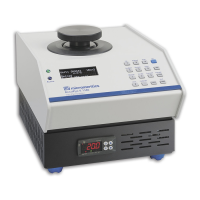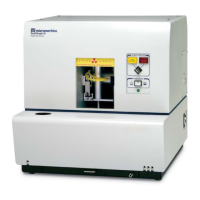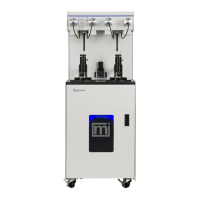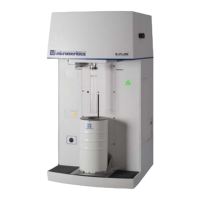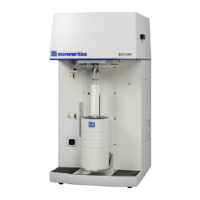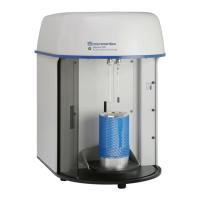B DFT MODELS
Theories are developed by scientists in an attempt to explain a class of observed behavior. In the
experimental physical sciences, theories are often expressed in terms of a model that can be
visualized and described mathematically. Early models of physisorption were quite simple, both
conceptually and mathematically. For very practical reasons, hand computations were required.
Today we can explore complex models that describe adsorption systems on the atomic scale of
size and sub-picosecond time frame. This is not because scientists are smarter, but because of
available tools. The DFT models are created by classical approaches to adsorption as well as
models based on modern statistical thermodynamics.
MODELS BASED ON STATISTICAL THERMODYNAMICS
Included in this group are methods that model the adsorption system in terms of forces acting
between individual molecules.
THEORETICAL BACKGROUND
Traditional adsorption theories attempt to describe experimental adsorption isotherms with an
isotherm equation containing a small number of parameters. At a minimum, these parameters
include the extent of the surface, such as the monolayer capacity (Q
m
), and the molar intensity of
the gas-surface interaction, such as the Langmuir “K” constant or the BET “C” constant. In some
equations, additional parameters take into account the lateral interaction of adsorbed molecules
with each other. Other theories, such as the Dubinin-Astakhov approach, also include parameters
for the effect of adsorbent porosity.
Instead of this classical kinetic or phenomenological approach, we can use a molecular-based
statistical thermodynamic theory that allows us to relate the adsorption isotherm to the
microscopic properties of the system: the fluid-fluid and fluid-solid interaction energy parameters,
the pore size, the pore geometry, and the temperature.
The following example is provided to understand how such a theory is constructed:
A clean sample of a solid material containing slit-shaped pores of a single width is placed in an
evacuated space. It is kept at a fixed temperature as a known quantity of pure argon gas is
admitted into the space surrounding the sample. The pressure within the space is recorded
over time. In this situation, the pressure falls rapidly from its initial value and gradually
approaches a steady reading, called the equilibrium pressure. The amount adsorbed
corresponds to the quantity of gas effectively removed from the gas phase by the solid
surface. A graph that plots amount adsorbed versus equilibrium pressure is called an
adsorption isotherm.
B DFT Models
TriStar II Plus Operator Manual
303-42800-01 (Rev M ) — Sep 2023
B - 1
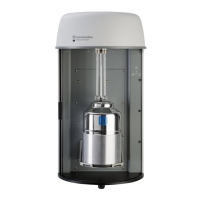
